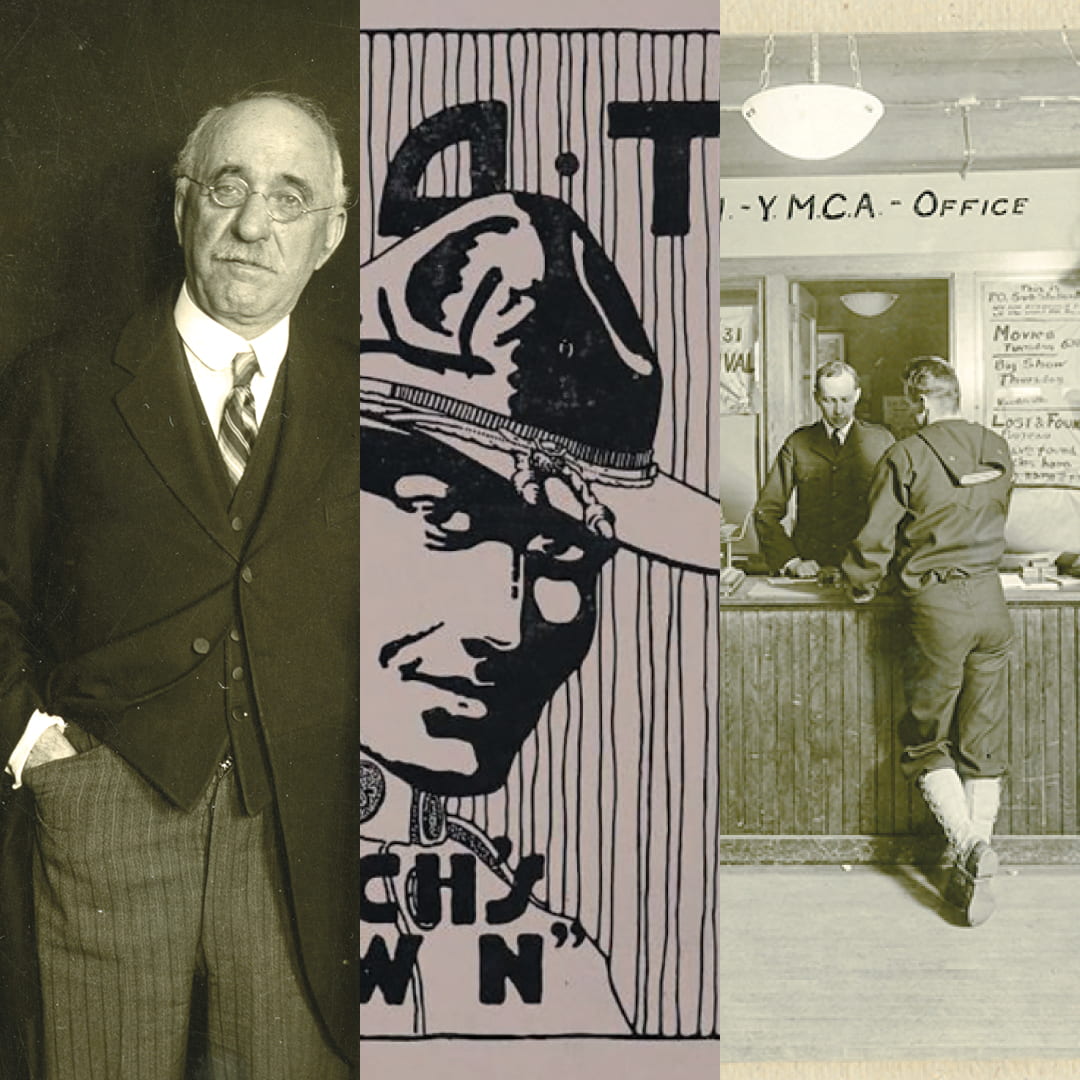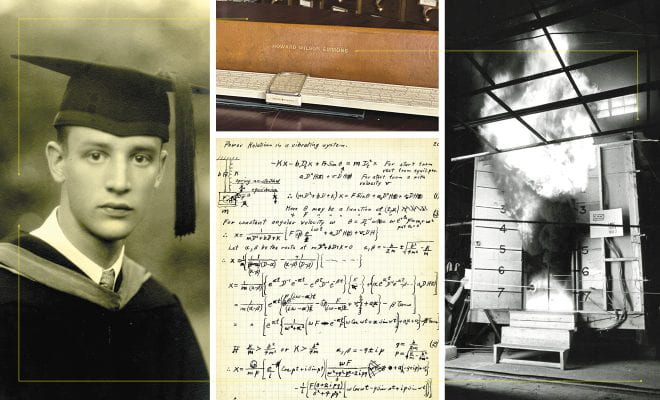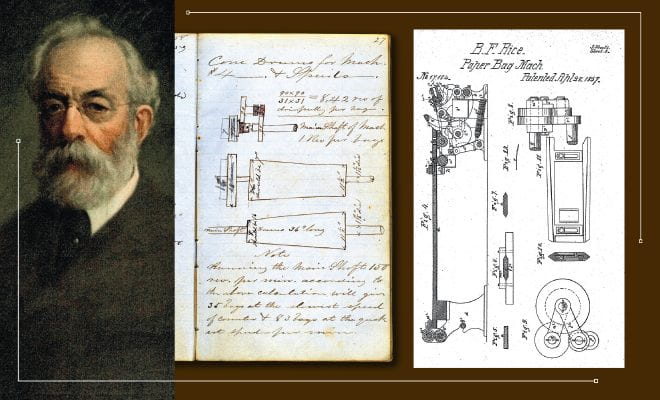Remembering the Other Pandemic:
The Spanish Flu at WPI
On Sept. 16, 1918, public health officials in Worcester issued a notice to citizens warning them to take precautions against an emerging influenza outbreak in Massachusetts. Though no cases had been reported in Worcester, Boston health officials had observed that this strain of flu was causing serious complications in people of all ages, not just the young and the elderly.
Three days later, Walter R. Roache of 142 West Street, a 25-year-old U.S. Navy sailor home on leave, succumbed to what was becoming known as the Spanish Flu, because the newspapers in Spain were the first to report on widespread outbreaks in Europe back in May. Roache was Worcester’s first victim; by Sept. 23, City Hospital was a quarantine zone with more than 100 influenza patients, including 15 nurses. By the time the global pandemic had run its course, the city of Worcester would record 6,884 cases and nearly 1,300 deaths.
In some ways, the response at WPI mirrored how the university would tackle the COVID-19 pandemic more than a century later. In other ways, the response was more muted because, with World War I still underway and many students and even faculty and staff members away serving in the military, the campus was far emptier than it would have been in peacetime. And in the fall, the campus would be transformed into an officer training program for the U.S. Army.
“In some ways, the response at WPI mirrored how the university would tackle the COVID-19 pandemic more than a century later. ”
Under the direction of President Ira N. Hollis, administrators at WPI immediately moved to delay the start of the 1918–19 academic year by three weeks to better assess conditions, much as the university delayed the start of D-Term in 2020. The traditional summer courses in the Washburn Shops had been cancelled that year to assist the U.S. Army with training 285 engineers, machinists, and electricians.
When classes resumed in October, all the students were sworn in as cadets of the Student Army Training Corps and subject to all military protocols to prevent the spread of the disease. They were instructed to quarantine for a week prior to arrival, open windows when practical, get plenty of fresh air, wear cloth masks over their faces, reduce occupancy of shared spaces, and undergo temperature checks—actions that would seem familiar to those who managed student life at WPI over the past year and a half.
Despite the restrictions, students found ways to carry on some campus traditions. A football team was organized, though some scheduled games were cancelled owing to outbreaks at other schools. By November, the epidemic in Massachusetts had mostly subsided. And after the war ended on Nov. 11, the campus began to return to a more normal state. The first social function of the school year was planned for Dec. 7 to thank the faculty and a dance was held the following week. By January, students were beginning to return from active service. The Commencement ceremonies in 1919 were limited affairs; in fact, many of the members of the Classes of 1918 and 1919 would not cross the stage to receive their diplomas until 1920, in a distinct parallel to the Class of 2020, which celebrated its graduation in August 2021.







